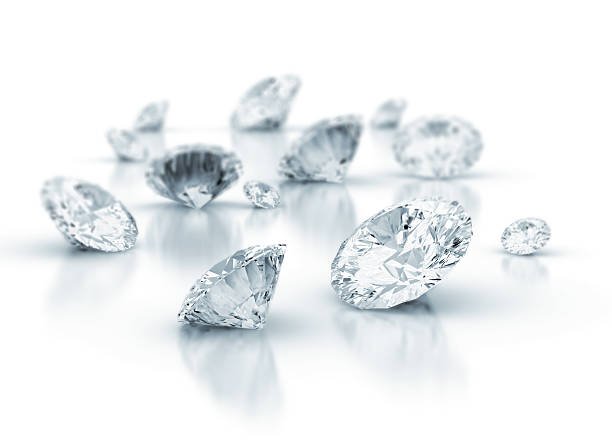Determining Diamond Clarity Through Specific Categories All Entries

Diamonds occur naturally as a result of the mineral, carbon, being exposed to intense heat and pressure deep inside the earth. Although all diamonds share common scientific characteristics, not all diamonds are created equally. There are common standards jewelers use to value and appraise diamonds. These are the four C’s of color, clarity, cut and carat weight. When it comes to determining diamond clarity, a few things must be considered.
When discussing a diamond’s clarity, jewelers are referring to the inclusions or flaws in the diamond. Determining diamond clarity involves evaluating the number of inclusions and their visibility, size, nature and overall affect on the appearance of the diamond.
Created by the Gemological Institute of America, the GIA Diamond Clarity Scale is the most common grading scale used by jewelers. The scale is composed of six main categories with five subcategories for a possible amount of eleven specific grades. The six main categories from the highest clarity to the lowest clarity are as follows: Flawless (FL), Internally Flawless (IF), Very, Very Slightly Included (VVS1 and VVS2), Very Slightly Included (VS1 and VS2), Slightly Included (S1 and S2) and Included (I1, I2 and I3).
There are many types of inclusions or flaws that affect the clarity of a diamond. Diamonds can have crystal or mineral inclusions, cracks such as cleavage or feathers, grain lines and more. Many blemishes are not visible to the naked eye, and a microscope or magnifier is needed to accurately determine diamond clarity. To be deemed flawless, a diamond must appear perfectly clear under a microscope with ten times magnification.
Whether you are buying or selling a diamond, it is essential to know the actual clarity of the stone. The clarity affects the value, so properly determining diamond clarity should be done by a trustworthy professional. An experienced jeweler will be able to view the diamond under a microscope, evaluate any flaws and assign a recognized clarity grade. Regardless of any inclusions, even a flawed diamond is gorgeous and unique.